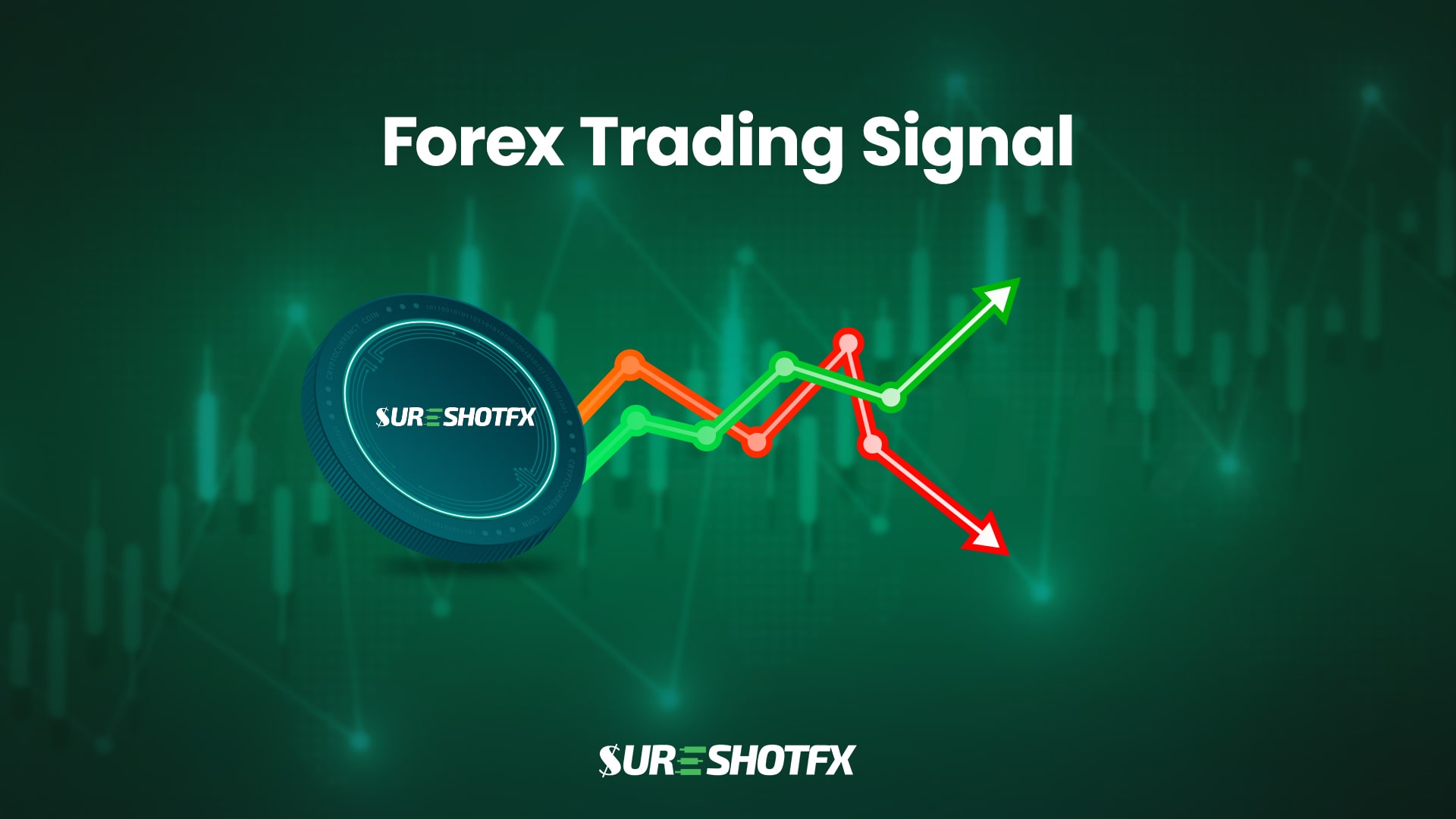Forex trading, while potentially lucrative, requires a deep understanding of market dynamics and the ability to identify profitable opportunities. Generating accurate forex signals can significantly aid traders in making informed decisions, reducing risk, and maximizing potential returns. This guide delves into the process of creating effective forex signals, covering various methodologies, tools, and considerations. Whether you’re a seasoned trader looking to refine your strategy or a newcomer eager to learn, understanding signal generation is crucial for success in the forex market. Let’s explore the essential steps involved in crafting reliable forex signals.
Understanding Forex Signals
Forex signals are essentially trading suggestions or recommendations for currency pairs. These signals typically include information on:
- Currency Pair: The specific currency pair being traded (e.g., EUR/USD, GBP/JPY).
- Direction: Whether to buy (go long) or sell (go short).
- Entry Price: The recommended price to enter the trade.
- Stop Loss: The price level at which to exit the trade to limit potential losses.
- Take Profit: The price level at which to exit the trade to secure profits.
A well-crafted forex signal provides traders with a clear and actionable plan, minimizing the need for extensive market analysis on their own.
Methods for Generating Forex Signals
Several methods can be employed to generate forex signals. These can be broadly categorized into:
Technical Analysis
Technical analysis involves studying historical price charts and using various indicators to predict future price movements. Common technical indicators used in signal generation include:
- Moving Averages
- Relative Strength Index (RSI)
- Moving Average Convergence Divergence (MACD)
- Fibonacci Retracements
- Bollinger Bands
Traders analyze these indicators to identify potential buy or sell signals based on patterns, trends, and overbought/oversold conditions.
Fundamental Analysis
Fundamental analysis focuses on economic factors, news events, and geopolitical developments that can influence currency values. Key economic indicators to watch include:
- Interest Rate Decisions
- Gross Domestic Product (GDP) Growth
- Inflation Rates
- Unemployment Figures
- Retail Sales Data
Significant news events, such as political instability or major economic policy announcements, can also trigger strong currency movements. Fundamental analysts use this information to predict currency trends and generate signals.
Sentiment Analysis
Sentiment analysis gauges the overall market sentiment or mood towards a particular currency or asset. This can be measured through:
- News Headlines
- Social Media Trends
- Investor Surveys
A strong positive sentiment might indicate a buying opportunity, while a negative sentiment could suggest selling.
Tools and Resources for Signal Generation
Several tools and resources can aid in the creation of forex signals:
- Trading Platforms: Platforms like MetaTrader 4/5 offer a wide range of technical indicators and charting tools.
- Economic Calendars: Websites like Forex Factory provide real-time updates on economic events and their potential impact on currencies.
- News Feeds: Staying informed about global news and economic developments is crucial for fundamental analysis.
- Signal Software: Automated signal generation software can analyze market data and provide potential trading opportunities. However, it’s important to carefully evaluate the reliability and performance of such software.
Important Considerations
Generating accurate and reliable forex signals requires careful consideration of several factors:
- Risk Management: Always use stop-loss orders to limit potential losses. Determine an appropriate risk-reward ratio for each trade.
- Market Volatility: Be aware of market volatility and adjust your trading strategy accordingly. Higher volatility may require wider stop-loss orders.
- Backtesting: Test your signal generation strategy on historical data to assess its effectiveness.
- Continuous Learning: The forex market is constantly evolving, so it’s essential to stay updated on the latest trends and strategies.
FAQ Section
What is the best method for generating forex signals?
There is no single “best” method. A combination of technical and fundamental analysis often yields the most reliable results. Consider also incorporating sentiment analysis for a more holistic view.
How accurate are forex signals?
The accuracy of forex signals can vary widely depending on the methodology used and the market conditions. No signal is guaranteed to be 100% accurate. Always practice proper risk management.
Can I use automated signal software?
Yes, but exercise caution. Thoroughly research and backtest any automated signal software before relying on it. Be wary of overly optimistic claims and unrealistic promises.
How much capital do I need to start trading forex signals?
The amount of capital needed depends on your risk tolerance and trading strategy. It’s generally recommended to start with a small amount of capital that you can afford to lose.
Where can I find reliable forex signals?
Look for reputable signal providers with a proven track record. Consider factors like transparency, risk management practices, and customer reviews. Be cautious of providers offering guaranteed profits.

